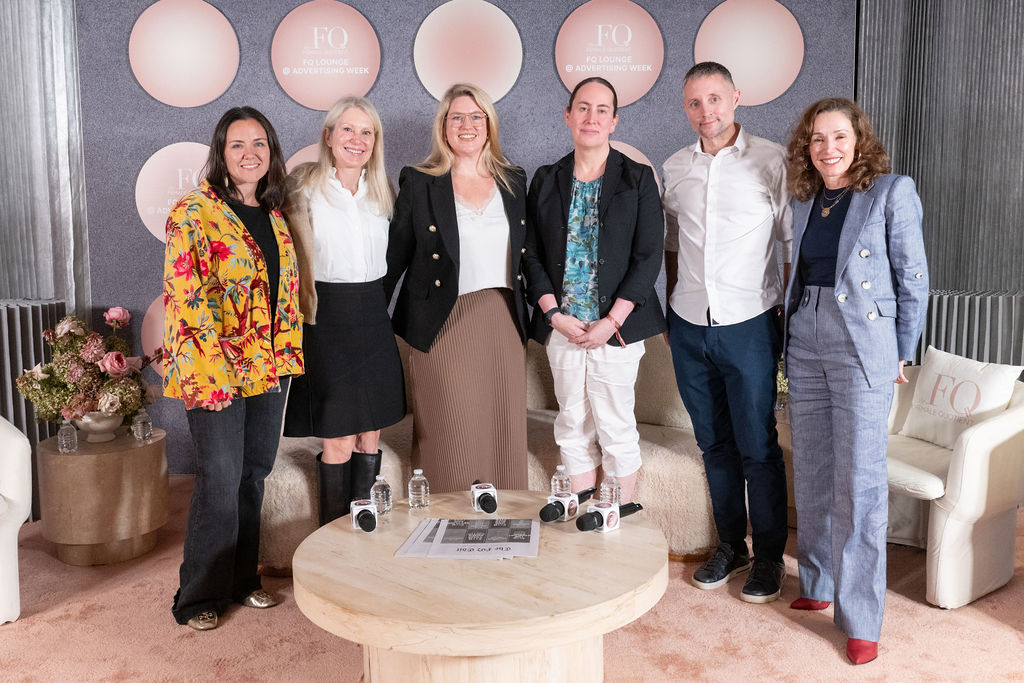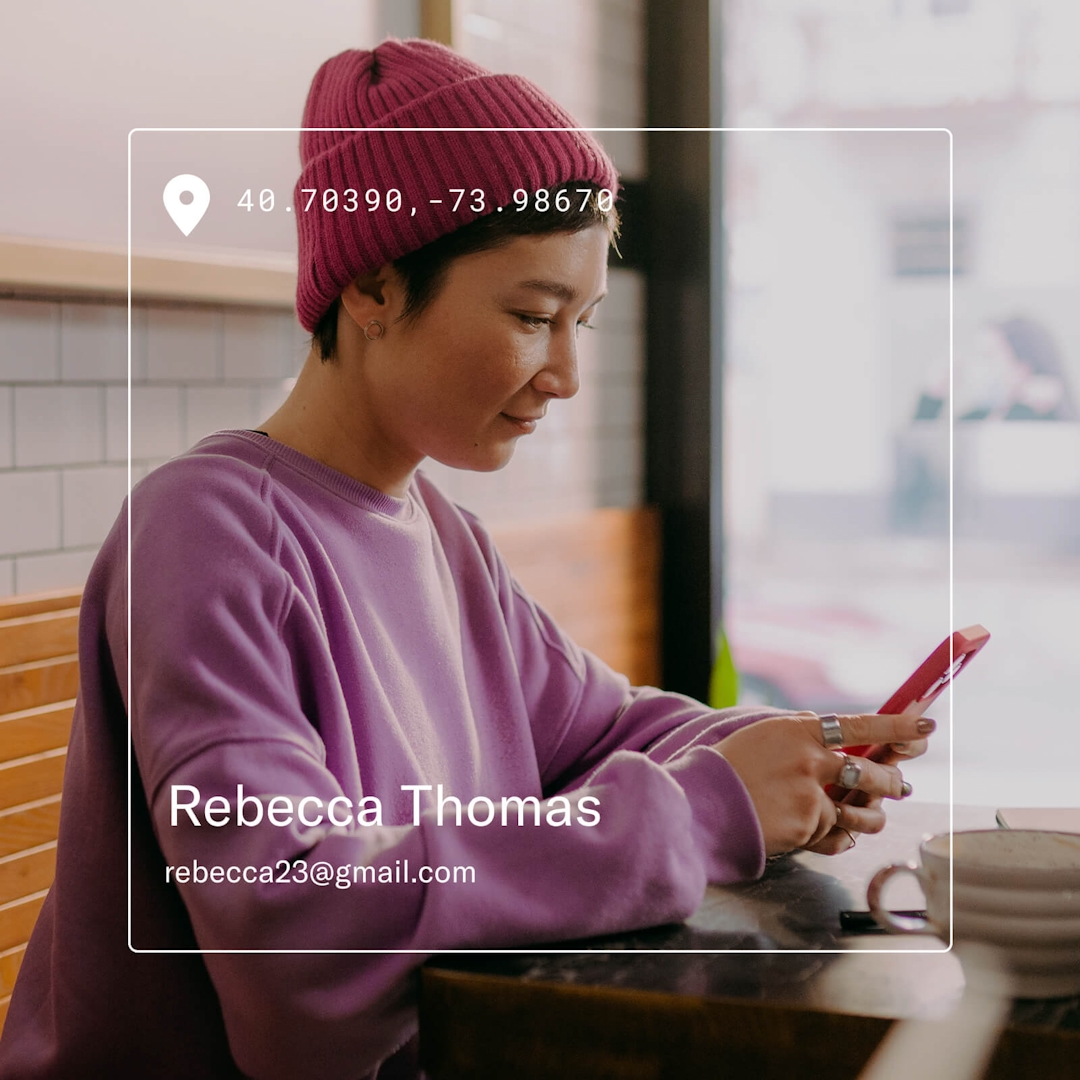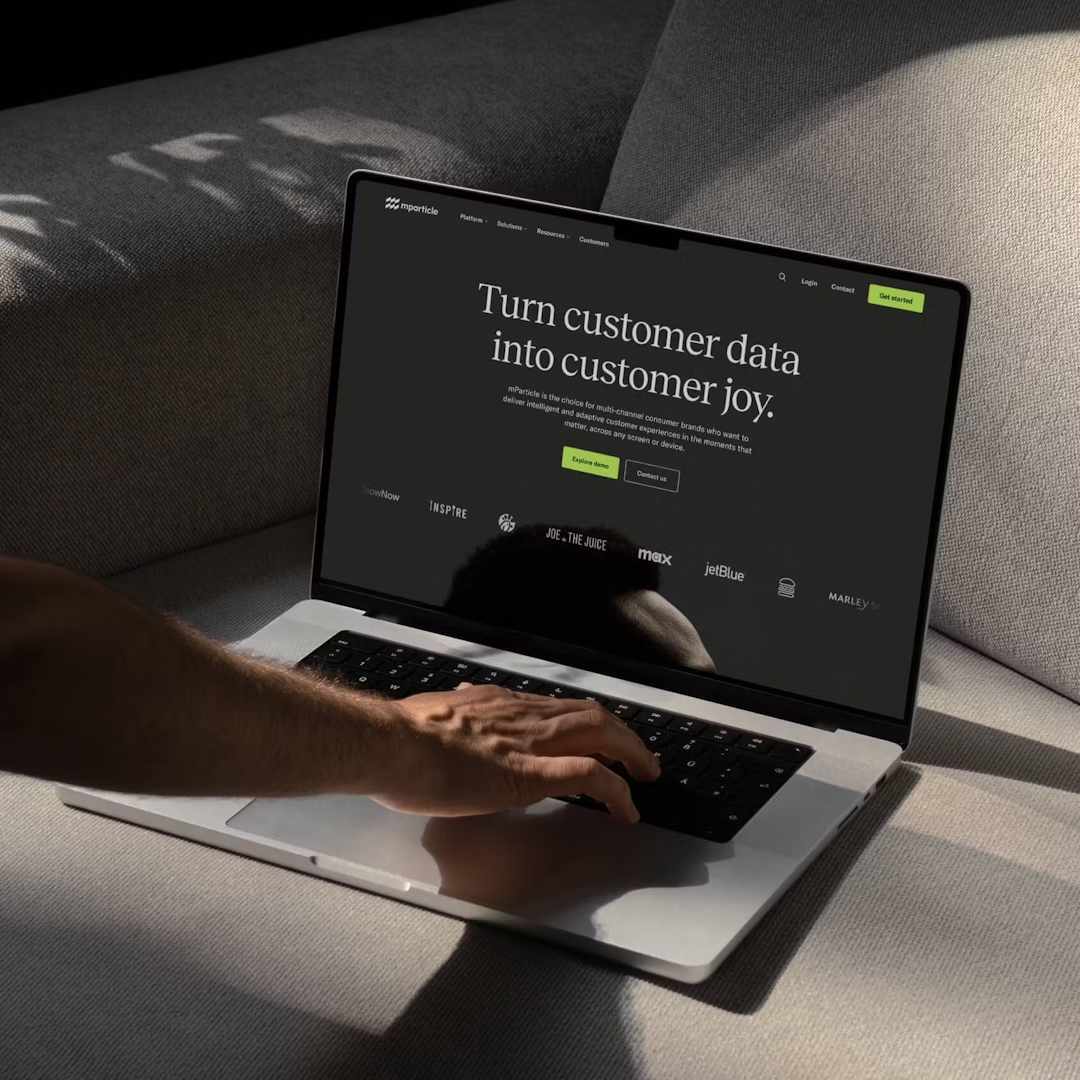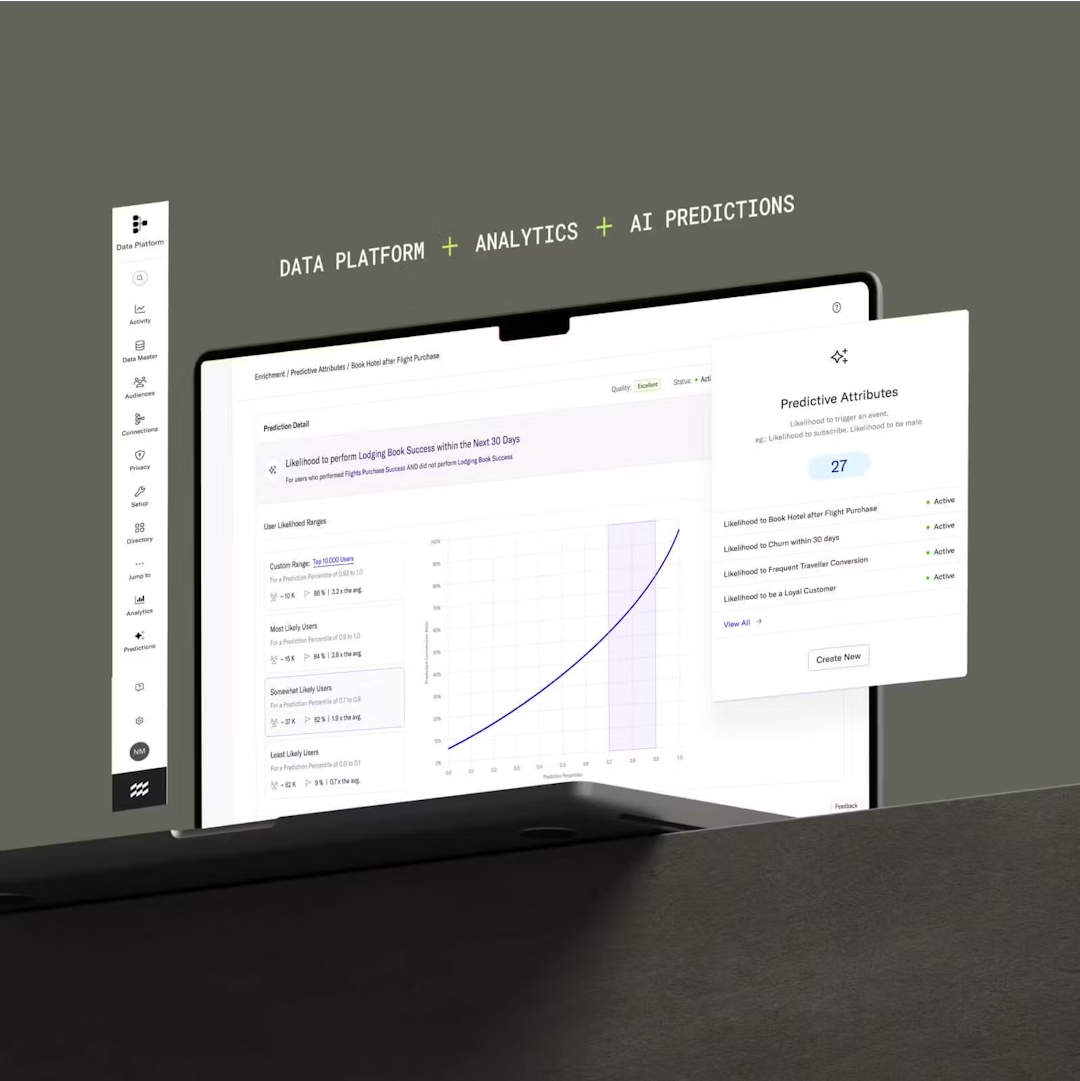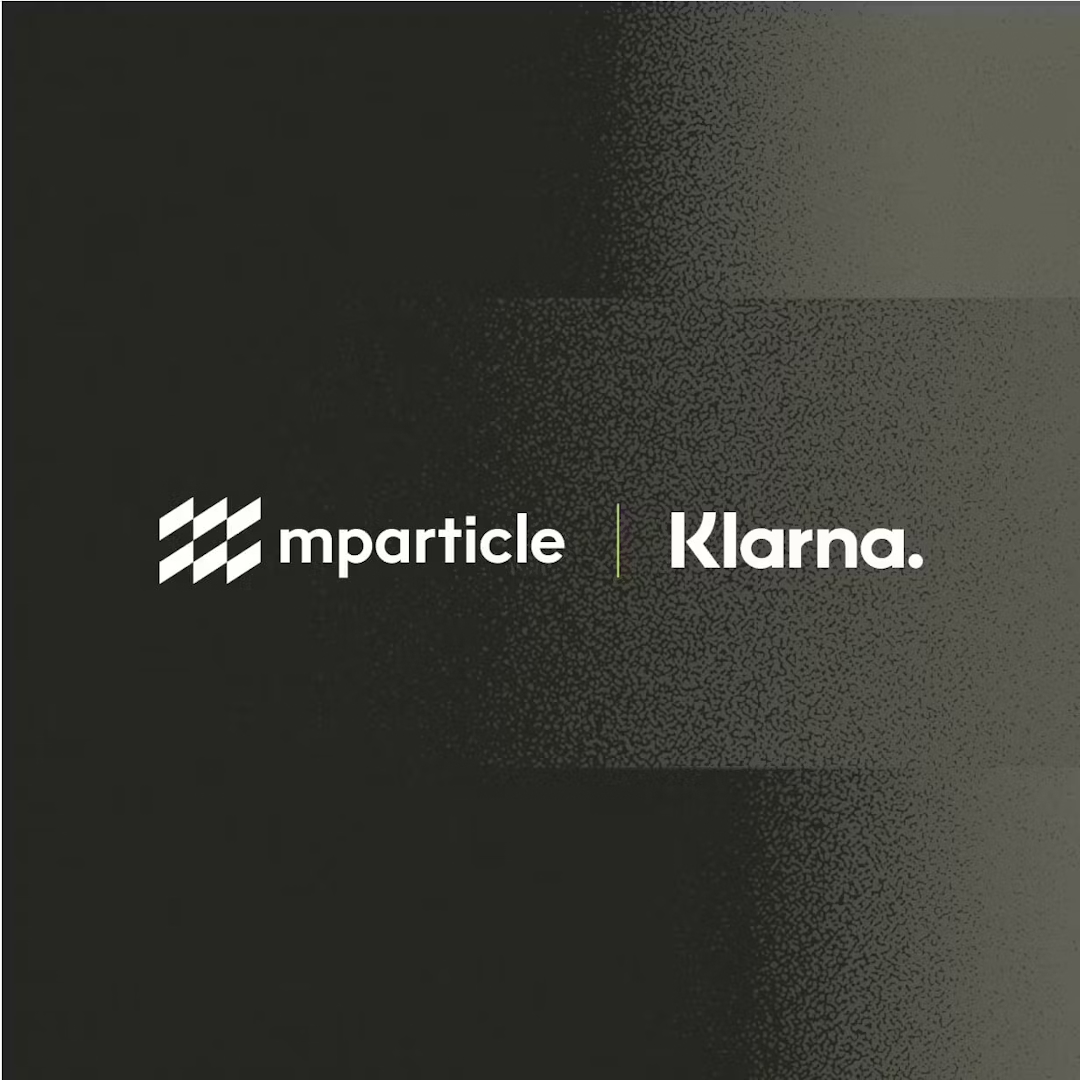This is the final post in a four-part series capturing Rokt’s conversations at the FQ LOUNGE™ during Advertising Week.
AI is changing everything. From workflows and content creation to hiring and team design, the tools available to today’s leaders are evolving at a pace that’s impossible to ignore. But while the technology accelerates, the human element is what determines how we use it, and who it benefits.
That balance was the focus of The AI Horizon: Shaping the Future of Work, moderated by Taryn Crouthers, CEO of SPCSHP. Panelists included Claire Southey, Chief AI Officer at Rokt, Molly Peck, Executive Director of Global Marketing Excellence at General Motors, Hannah Diddams, SVP of Global B2B Marketing and Creative Studios at Business Insider, Jon Reilly, CEO and Co-founder of Akkio, and Teresa Barreira, Chief Marketing and Communications Officer at Publicis Sapient.
Together, they explored how leaders can navigate the future of work by building with AI, and leading with intention.
AI adoption starts with curiosity, not code
When asked how they stay on top of the AI learning curve, the panelists agreed on one point: you have to use the tools yourself.
“You just have to use it,” said Molly Peck. “Every new tool that comes out, pick it up, use it, experiment, practice. And that’s how I stay up to speed.”
Claire Southey emphasized that for Rokt, AI is not a new initiative. “We’ve been using it for a very long time. We develop our own AI in-house.” She explained that her team stays close to the research community. “We spend a lot of time in the machine learning community, understanding how we can build the best AI and serve our consumers and clients effectively.”
Jon Reilly noted that his approach is built around asking questions. “I’m not setting aside 10% of time to try new tools, but instead it’s more a philosophy of approaching every task with a question first, how might I leverage AI to best optimize or execute this?”
And while experimentation is key, Barreira warned against reactionary thinking. “What I think we want to avoid is desperate acts of AI,” she said. “It’s not just about adding tools. You have to be intentional.”
Innovation needs structure, and space
At Publicis Sapient, Barreira created an “innovation incubator” team tasked with scanning what’s next. “Every Friday we go through the top five things I should be thinking about,” she explained. “We also have AI Thursdays, where we share what we’re learning, and Failing Fridays, where we talk about what didn’t work.”
For General Motors, AI is already embedded in workflows across marketing and production. Peck shared how her team built a proprietary content generation tool that allows for hyper-personalized creative in minutes. “It’s fast, affordable, and hyper-personalized,” she said. “That’s the biggest benefit. We can now make bespoke creative that speaks to each and every customer.”
Even with custom tools, the team learned quickly that human direction matters most. “The quality of the prompts is so important,” Peck said. “The agents are very literal. They do exactly what you ask for.”
AI is reshaping teams, not just tasks
Barreira described how her team maps out functions and subfunctions, then evaluates each one through an AI-first lens. “We identify what tasks AI can do. And then we ask, what’s left for the human to do?” That reframing, she explained, helps redefine the value of each role. “If you’re in social media, maybe your job was publishing content. Now it’s authentic storytelling.”
Southey echoed this. “We’ve condensed a lot of our organizational planning cycles. The rate at which technology is changing is faster than it’s ever been before.” She explained that iterative, mindset-driven change is the new normal. “We’re not talking about tasks. We’re not talking about jobs. We’re talking about adaptability.”
At Rokt, that shift in thinking has changed how they hire. “We removed all degree requirements,” Southey said. “Even from computer scientists and data scientists. Then we started to build hiring pipelines that evaluate soft skills like adaptability and comfort with ambiguity.”
Human skills matter more than ever
When asked to name the most critical soft skills for the AI era, the panelists didn’t hesitate.
“Adaptability is number one,” said Southey. “There’s a lot of research from Linda Hill at Harvard that supports that.”
Barreira expanded on that list. “Plasticity, curiosity, judgment, and intuition,” she said. “And the ability to ask the right questions. That’s the new measure of intelligence.”
For Reilly, it’s about the will to learn. “You can pick up a tool and it will teach you,” he said. “You can learn literally anything.”
Diddams focused on the emotional component. “It’s also important to acknowledge that there is some fear,” she said. “How do you shift from a fear mindset into an open-minded growth mindset?” She described how self-awareness and emotional intelligence help unlock experimentation. “What if I didn’t need to know everything? That’s when the playfulness and creativity show up.”
Peck shared how her hiring lens has shifted. “I look for makers way more than I used to,” she said. “Not just creatives. People who have a bias to action. People who roll up their sleeves.”
A future defined by humanity
As the session closed, each speaker was asked to share a single word, or vision, for the future of AI.
“Personalization,” said Peck.
“Open to the future,” added Diddams.
“Leverage,” said Reilly.
“Explorers,” offered Barreira.
Southey, not one to stick to one word, spoke to the larger vision:
“AI optimists and AI pessimists are saying the same thing,” she said. “They both think AI will take all our jobs. They’re just saying it with a different inflection.” She described a future where labor is no longer the default measure of human worth. “The potential of a post-labor world is tremendous,” she said. “Our role is to ensure the technology reflects human values. And that the benefits are distributed to everyone, not just a few.”
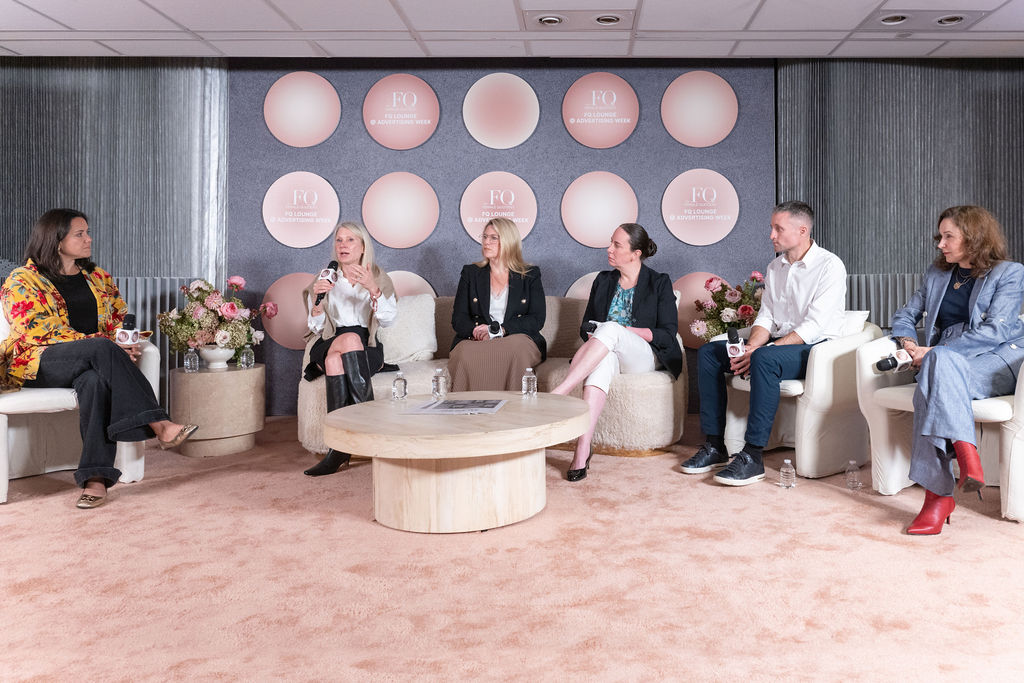
Wrapping up this series
This wraps our four-part series from the FQ LOUNGE™ at Advertising Week. Across these conversations, a common theme has emerged: in moments of acceleration, clarity, collaboration, and curiosity are what create progress. And while the tools continue to evolve, it’s the human layer, how we lead, listen, and build, that will define what comes next.


